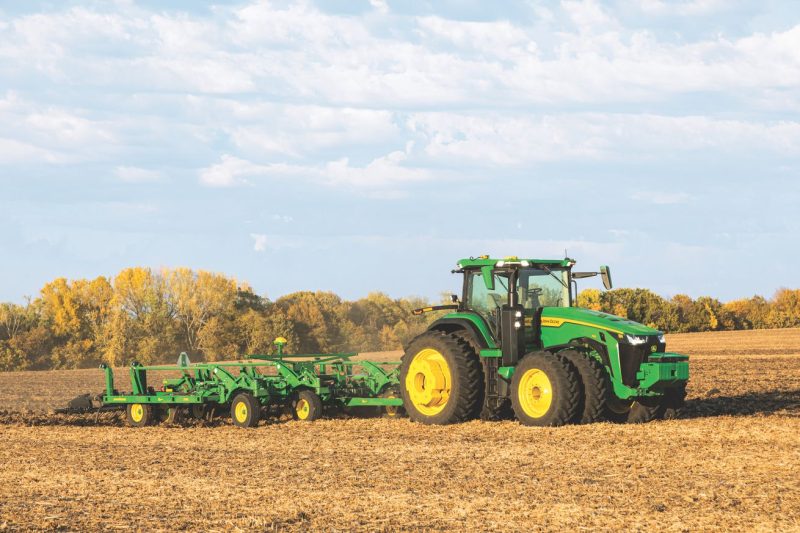Solar Storms: Unveiling the Hidden Risks to Modern Agriculture
The modern agricultural industry has long relied on advanced technologies to enhance productivity and efficiency. From precision planting to automated irrigation systems, farmers have embraced innovation to meet the growing demands of food production. However, a relatively overlooked threat has recently emerged, casting a shadow over the reliability of these high-tech farming practices – solar storms.
Solar storms, or geomagnetic storms, are disturbances in the Earth’s magnetosphere caused by solar wind interacting with the planet’s magnetic field. While these phenomena have been studied for decades for their impact on power grids and satellite communications, their effects on agricultural technology have gone largely unexplored until now.
One of the most striking manifestations of this impact is the disruption of GPS systems used by farmers for precision agriculture. GPS technology plays a crucial role in modern farming practices, allowing farmers to accurately map their fields, monitor crop health, and optimize planting and harvesting operations. However, during periods of heightened solar activity, GPS signals can be distorted or even completely blocked, leading to significant disruptions in farm operations.
The timing of these disruptions is particularly concerning, as solar storms often coincide with critical planting and harvesting seasons. Farmers rely on precise timing and accurate data to make informed decisions about when to plant crops, apply fertilizers, and manage pests. Any interruption in GPS signals during these crucial periods can have detrimental effects on crop yields and overall farm profitability.
Moreover, the impact of solar storms on agricultural technology goes beyond GPS systems. Solar-induced geomagnetic disturbances can also interfere with other electronic equipment used in farming, such as weather sensors, drones, and automated machinery. The delicate balance between modern technology and natural phenomena is being put to the test, raising questions about the industry’s resilience in the face of these unexpected challenges.
As the frequency and intensity of solar storms are expected to increase in the coming years due to the peak of the solar cycle, farmers and agricultural technology providers must take proactive steps to mitigate the risks posed by these disruptions. This may involve developing alternative navigation systems that are less vulnerable to solar interference, implementing backup communication channels, or even revisiting traditional farming practices that are less reliant on technology.
In conclusion, the growing awareness of the impact of solar storms on modern agriculture underscores the need for a comprehensive risk management strategy to address this overlooked threat. By acknowledging the vulnerabilities of existing technology and exploring innovative solutions, farmers can better prepare for the uncertainties brought about by solar activity. As the agricultural industry continues to advance, adapting to these new challenges will be essential in ensuring food security and sustainable farming practices for future generations.

